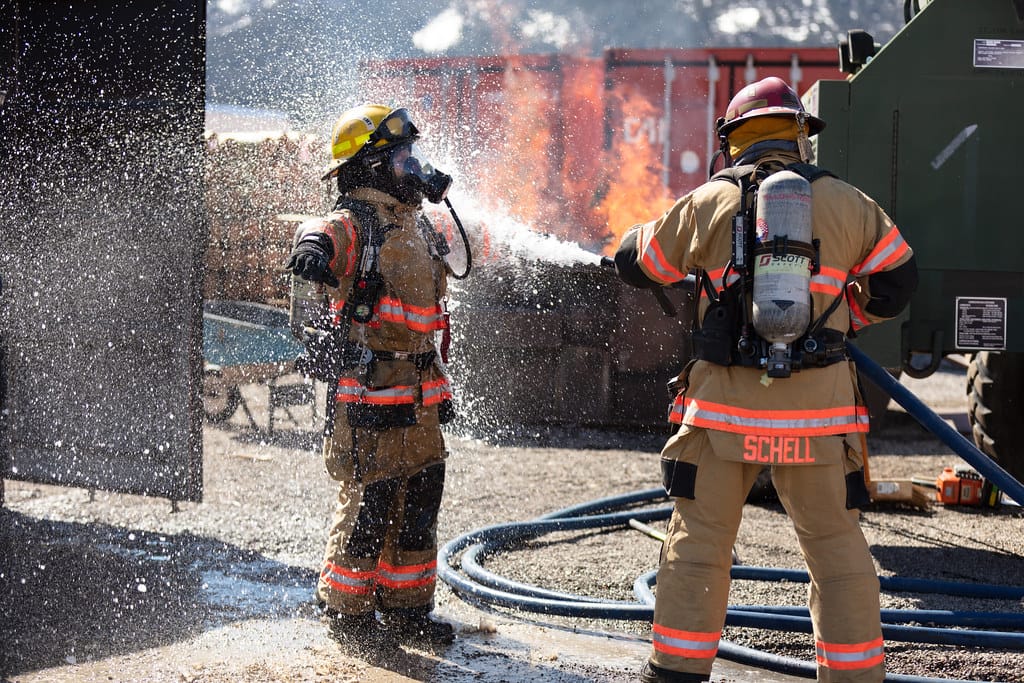
When workplace hazards involve open flames, high heat, or the potential for flash fires, regular workwear simply isn’t enough. That’s where Flame Resistant (FR) clothing comes in—a specialized layer of protection designed to reduce injury and increase survival in high-risk environments.
FR clothing doesn’t just resist ignition—it actively protects the wearer by limiting burn injuries. Whether you’re managing teams in oil & gas, electric utilities, welding, or industrial manufacturing, knowing how to choose and care for FR gear is essential for safety and compliance.
What Is Flame Resistant (FR) Clothing?
Flame Resistant clothing is engineered to self-extinguish when exposed to fire or thermal energy. Unlike regular fabrics that continue to burn and melt, FR clothing:
- Slows down or stops the spread of flame
- Does not melt or drip onto skin
- Provides a barrier between the wearer and the heat source
This can drastically reduce the severity of burns, allowing workers time to escape or react during a fire-related incident.
✅ Important: FR clothing is not fireproof—it will still burn if exposed to enough heat—but it burns slowly, predictably, and safely.
How Does Flame Resistant Clothing Work?
FR gear is either made from inherently flame-resistant fibers or treated fabrics that are chemically altered to withstand heat.
The mechanism:
- FR fibers are designed to carbonize and harden when exposed to heat, forming a protective shell
- The fabric will self-extinguish once the heat source is removed
- Some fabrics also offer thermal insulation to delay heat transfer to the skin
FR clothing is often double-layered or combined with moisture-wicking liners for comfort in hot environments.
✅ Note: Regular cotton or synthetic clothing can ignite, melt, or drip, worsening injury in fire-prone workplaces.
Industries That Require Flame Resistant Clothing
FR clothing is required in any environment where flash fire, arc flash, molten metal, or high radiant heat are present.
Common industries:
- Oil & Gas – for flash fire protection during drilling, extraction, or refining
- Electrical Utilities – protection from arc flash and energized equipment
- Welding & Metalworking – sparks, spatter, and molten metal hazards
- Chemical Processing – risk of fire from flammable vapors or spills
- Firefighting – structural turnout gear and wildland PPE
- Aerospace & Military – pilot suits and combat gear for thermal threats
⚠️ In many industries, wearing FR clothing is legally required by safety regulations.
Key Standards and Regulations for FR Clothing
FR clothing isn’t just about performance—it must meet recognized safety standards to be legally used in most workplaces.
Common standards include:
| Standard | Governing Body | Description |
|---|---|---|
| NFPA 2112 | National Fire Protection Association | Specifies performance for flash fire protection |
| NFPA 70E | NFPA | Focuses on electrical safety and arc flash PPE |
| ASTM F1506 | ASTM International | Applies to FR fabrics used in arc flash PPE |
| OSHA 1910 | U.S. Department of Labor | Requires employers to assess and equip for PPE hazards |
✅ Always request test certificates or compliance documents from your supplier when sourcing FR garments.
Types of FR Fabrics: Inherent vs. Treated
There are two main categories of FR fabrics:
🔸 Inherent FR Fabrics
- Fibers are naturally flame-resistant
- Protection lasts for the life of the garment
- Examples: Nomex®, Kevlar®, Modacrylic
- Typically more expensive but highly durable
🔸 Treated FR Fabrics
- Made from base materials (e.g., cotton) that are chemically treated
- May lose effectiveness after repeated washes
- Lower upfront cost; suitable for short-term or light use
- Examples: FR cotton, treated blends
| Fabric Type | Flame Resistance | Durability | Cost | Applications |
|---|---|---|---|---|
| Inherent | Permanent | High | $$$ | Utilities, aerospace |
| Treated | Wash-dependent | Medium | $$ | Oil & gas, construction |
✅ Choose based on exposure risk, laundering frequency, and budget.
Selecting the Right FR Gear for Your Work Environment
Choosing the right FR clothing depends on your industry, job tasks, exposure level, and compliance requirements.
Factors to consider:
- Heat source: flash fire, arc flash, molten metal?
- Duration of exposure: short bursts vs. continuous radiant heat
- Mobility needs: Is range of motion important for the job?
- Environmental conditions: indoor vs. outdoor, hot vs. cold
- Layering strategy: is the garment a base layer, middle, or outer layer?
- Certifications: match the clothing to NFPA 2112 or NFPA 70E as required
For example, an electrician may need CAT 2 arc flash-rated coveralls, while a refinery worker might wear NFPA 2112-rated FR cotton shirts for daily wear.
Care and Maintenance of FR Clothing
Improper washing or storage can weaken flame-resistant properties and reduce protection.
Laundering guidelines:
- Use mild detergent—no bleach, fabric softener, or starch
- Wash separately from regular clothing
- Tumble dry on low heat or hang dry
- Follow manufacturer’s instructions exactly
Inspection tips:
- Check for holes, tears, or worn fabric
- Ensure labels and arc ratings are still visible
- Retire garments with chemical contamination or heavy damage
✅ Many companies now use RFID tracking to manage laundering cycles and PPE lifespan.
Remember: FR clothing isn’t invincible—but with proper care, it remains your last line of defense.
Conclusion
Flame Resistant clothing isn’t just a uniform—it’s critical life-saving PPE in heat- and fire-risk industries. The right gear, properly rated and maintained, can reduce injuries, ensure legal compliance, and give workers the confidence to do their jobs safely.
When sourcing FR clothing:
- Know your industry’s required certifications and standards
- Choose the correct fabric type for durability and performance
- Confirm that the supplier offers tested, compliant garments
- Provide your team with guidance on care, wear, and replacement
Need help choosing certified, field-tested FR gear for your team or clients? I’m here to help you navigate specs, standards, and sourcing.
📩 Contact: [email protected]
🌐 Visit: www.workwearsolutions.net
Zion Zhang
Recent Posts
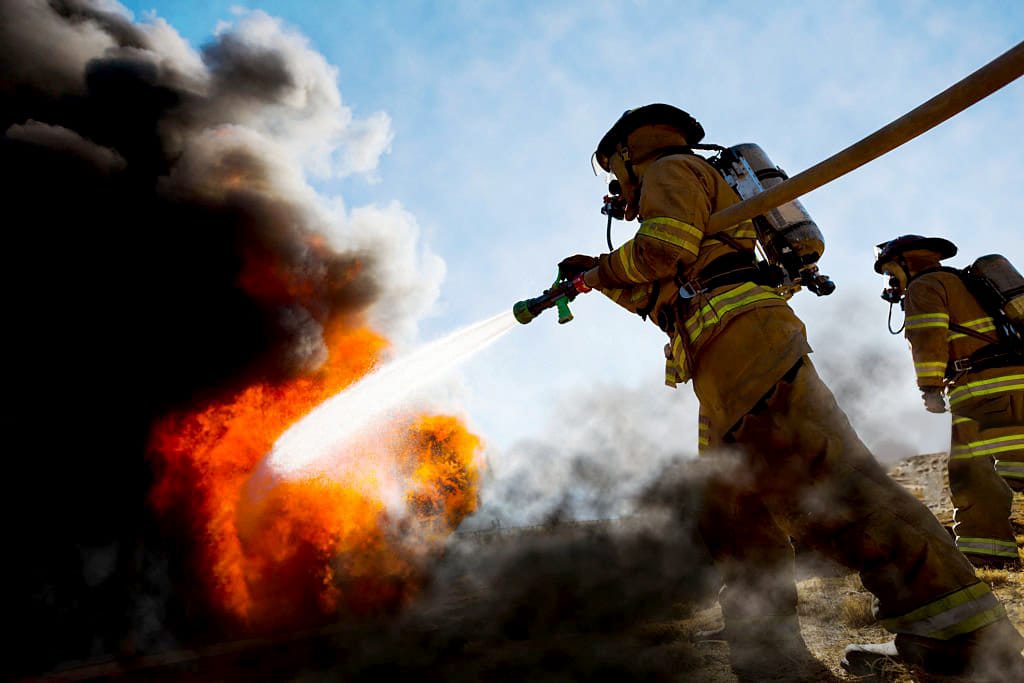 Flame Resistant Base Layers: Hidden Protection with Maximum Impact2025年6月25日Most people think FR protection starts and ends with […]
Flame Resistant Base Layers: Hidden Protection with Maximum Impact2025年6月25日Most people think FR protection starts and ends with […]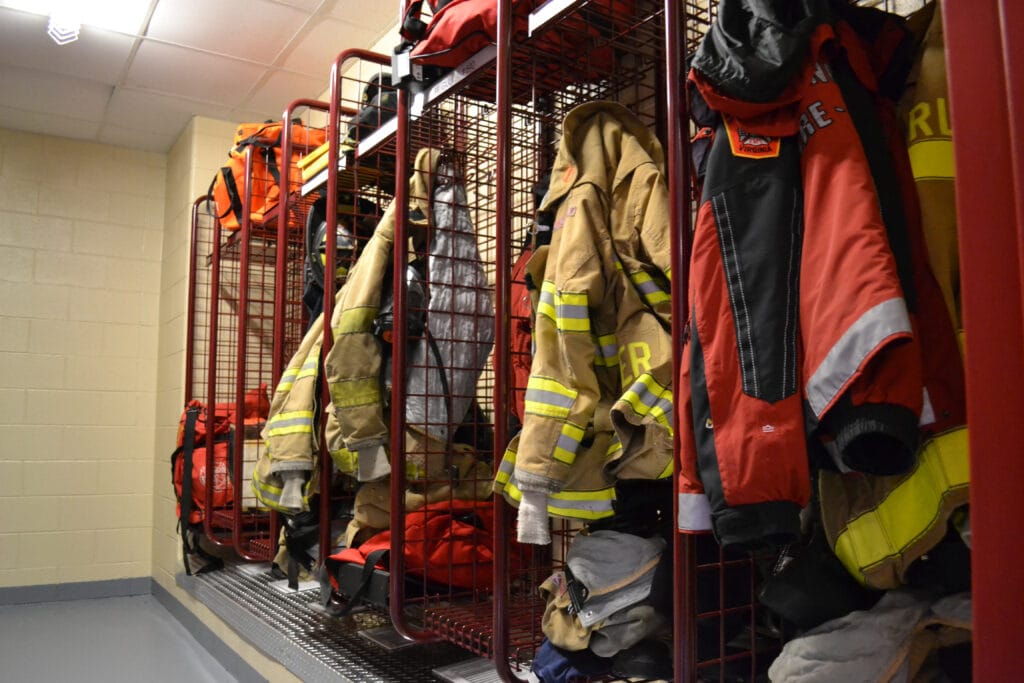 FR Coveralls vs. FR Shirt and Pants: Which Is Better for Your Team?2025年6月25日When it comes to protecting your team from heat, flame, and […]
FR Coveralls vs. FR Shirt and Pants: Which Is Better for Your Team?2025年6月25日When it comes to protecting your team from heat, flame, and […]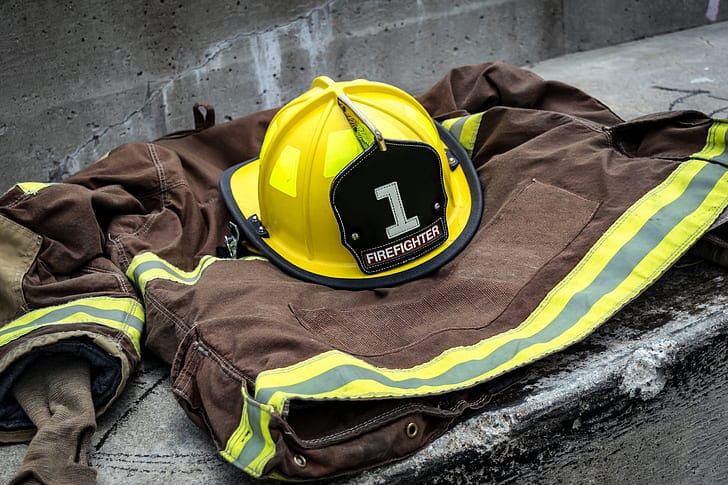 Understanding NFPA 2112 and NFPA 70E: FR Clothing Compliance Explained2025年6月25日When it comes to flame-resistant (FR) clothing, not all […]
Understanding NFPA 2112 and NFPA 70E: FR Clothing Compliance Explained2025年6月25日When it comes to flame-resistant (FR) clothing, not all […] Inherent vs. Treated FR Fabrics: Which One Should You Choose?2025年6月25日Not all FR clothing is created equal—and for many buyers, […]
Inherent vs. Treated FR Fabrics: Which One Should You Choose?2025年6月25日Not all FR clothing is created equal—and for many buyers, […]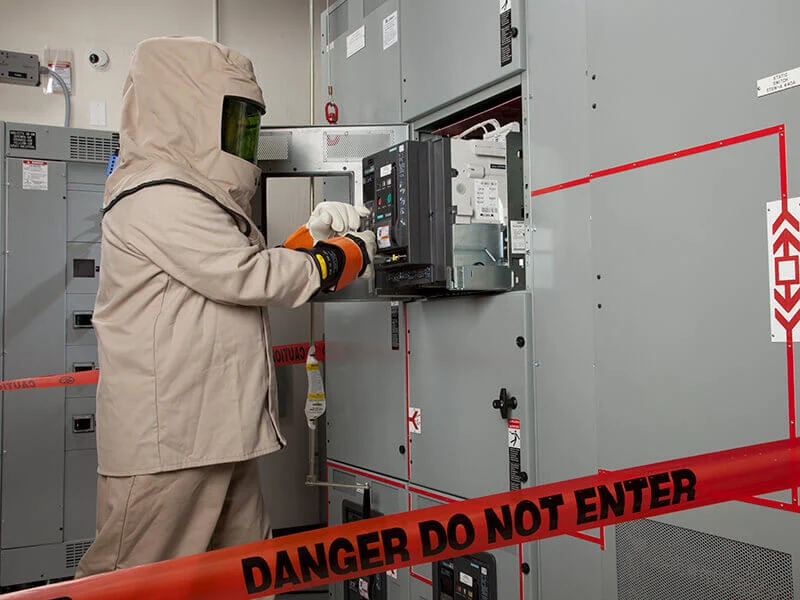 How to Conduct an Arc Flash Risk Assessment Before Selecting PPE2025年6月24日Buying arc flash PPE without a proper risk assessment is […]
How to Conduct an Arc Flash Risk Assessment Before Selecting PPE2025年6月24日Buying arc flash PPE without a proper risk assessment is […]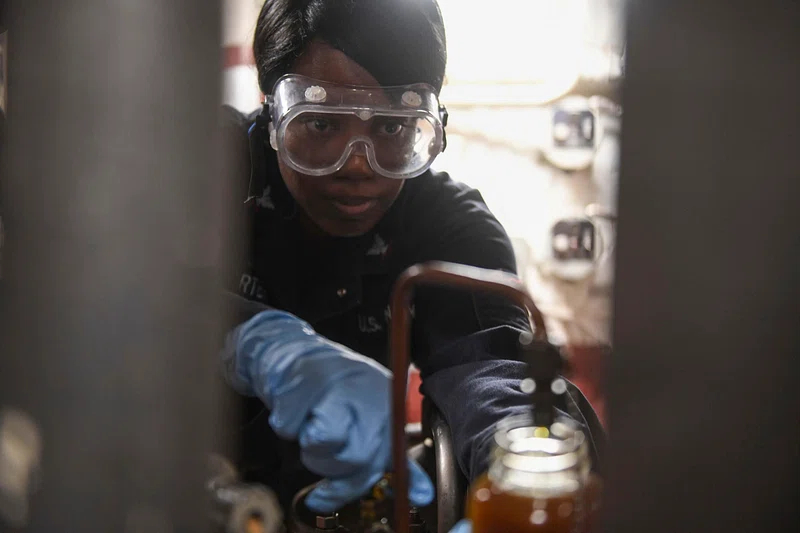 Arc Flash PPE Kits: Complete Protection in One Package2025年6月24日Building an arc flash PPE program from scratch can feel […]
Arc Flash PPE Kits: Complete Protection in One Package2025年6月24日Building an arc flash PPE program from scratch can feel […]
CONTACT US
- Feel free to contact us any time. We will get back to you as soon as we can!
- +86-17330061805
